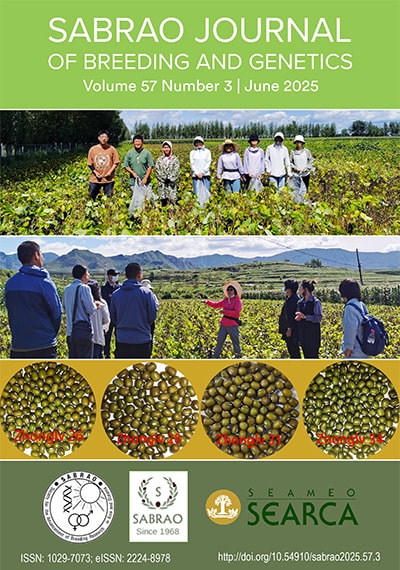
SABRAO Journal of Breeding and Genetics Volume 57 Number 3 June 2025
The SABRAO Journal June 2025 issue features cutting-edge studies in crop genetics, biotechnology, and plant breeding. Highlights include advances in rice blast resistance, wheat heat tolerance, genome editing
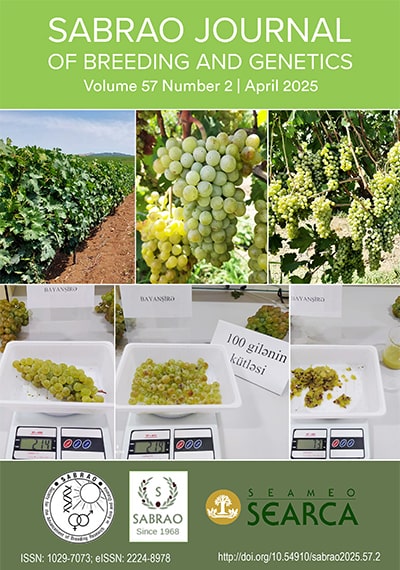
SABRAO Journal of Breeding and Genetics Volume 57 Number 2 April 2025
This issue presents cutting-edge research in plant genetics and breeding, featuring advances in stress tolerance, hybrid performance, molecular characterization, and varietal improvement across major crops
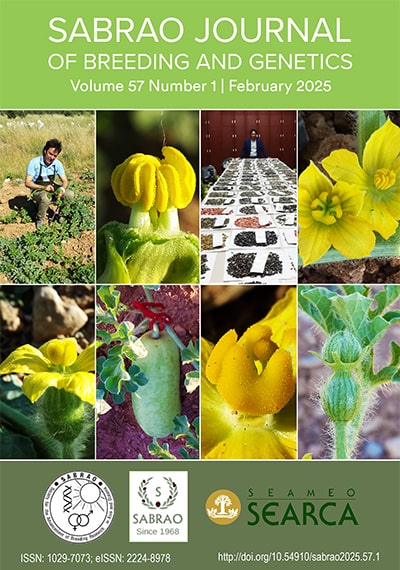
SABRAO Journal of Breeding and Genetics Volume 57 Number 1 February 2025
This issue highlights advancements in tropical sweet corn hybrids, genetic variability in waxy corn, and the effects of inbreeding on forage watermelon.
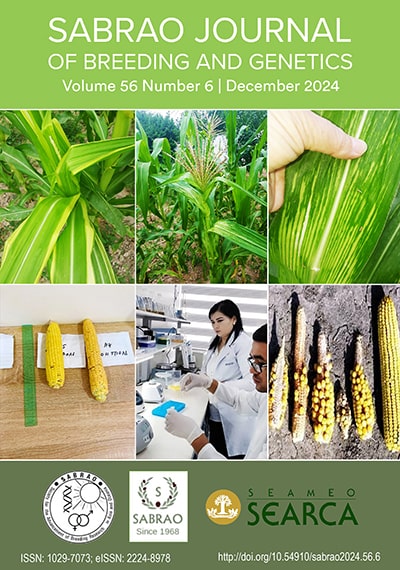
SABRAO Journal of Breeding and Genetics Volume 56 Number 6 December 2024
This December issue of the SABRAO journal highlights studies and discovery on maize, rice, barley, triticale, sunflower, hybrid tomato, chili, white yam, tobacco, and cotton among other crops.
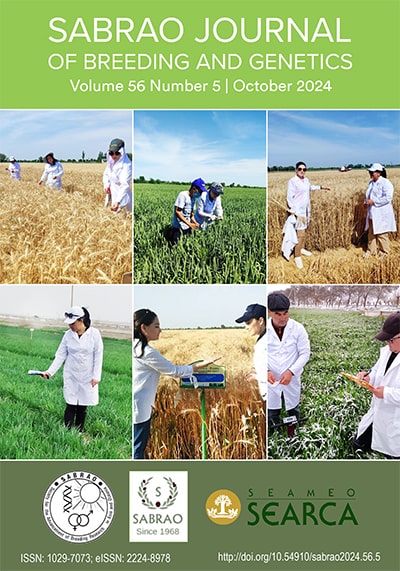
SABRAO Journal of Breeding and Genetics Volume 56 Number 5 October 2024
This issue of the SABRAO journal discusses recent studies and discovery on black soybean, hybrid rice, shallot, cassava, sorghum, oil palm, soybean among other important crops.
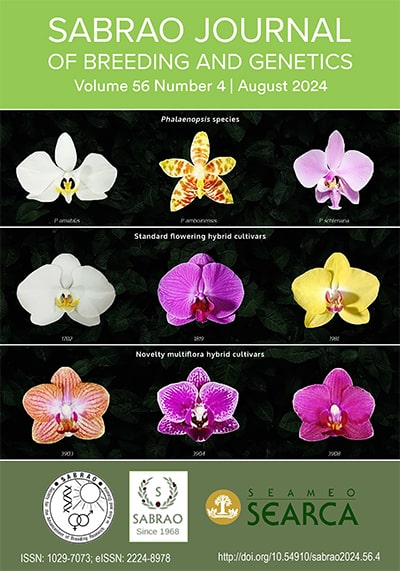
SABRAO Journal of Breeding and Genetics Volume 56 Number 4 August 2024
This issue of the SABRAO journal contains various topics such as genetic-related studies on soybean, upland cotton, sorghum, cassava among other important crops.
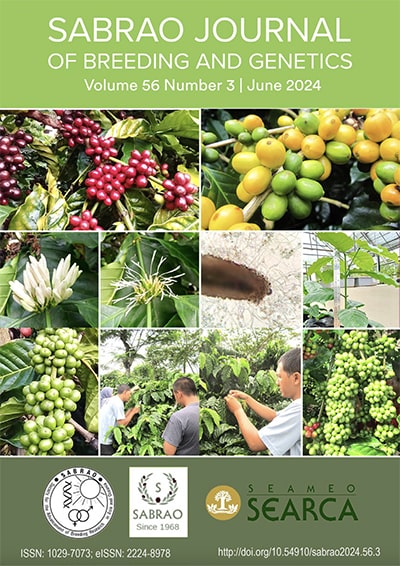
SABRAO Journal of Breeding and Genetics Volume 56 Number 3 June 2024
This issue of the SABRAO journal is teeming with articles on genetic and breeding studies of crops, such as cotton, sorghum, wheat, maize, and beans. There are studies also on weed management, soil health, fertilizer application, and environmental stresses on crops.
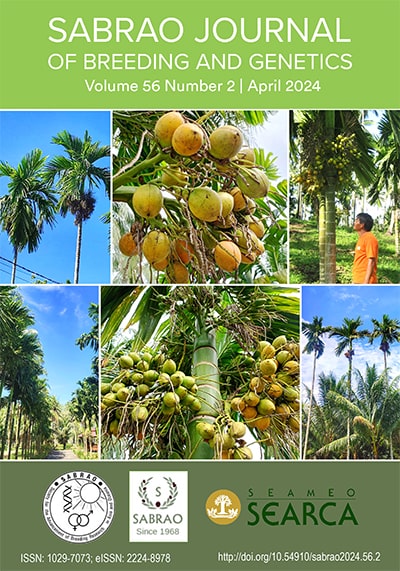
SABRAO Journal of Breeding and Genetics Volume 56 Number 2 April 2024
This issue of SABRAO highlights the history of plant breeding in Russia as well as the evolution of some crops in Amu Darya in Uzbekistan. There are analyses of several crops such as maize, rice, wheat among others toward drought-, heat-, and saline tolerance as well as aphid resistance.
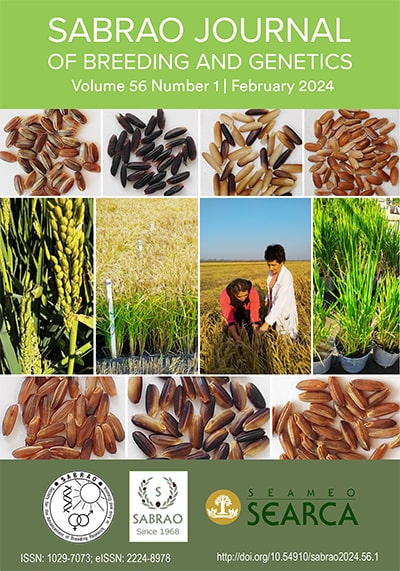
SABRAO Journal of Breeding and Genetics Volume 56 Number 1 February 2024
This February 2024 issue of SABRAO discusses recent breeding techniques among other developments. It highlights the use of CRISPR/Cas9-based genome editing in bananas and to improve leaf blight resistance for rice. There are also studies on chili, millet, cherry, chickpea, tomato, maize among other crops.
